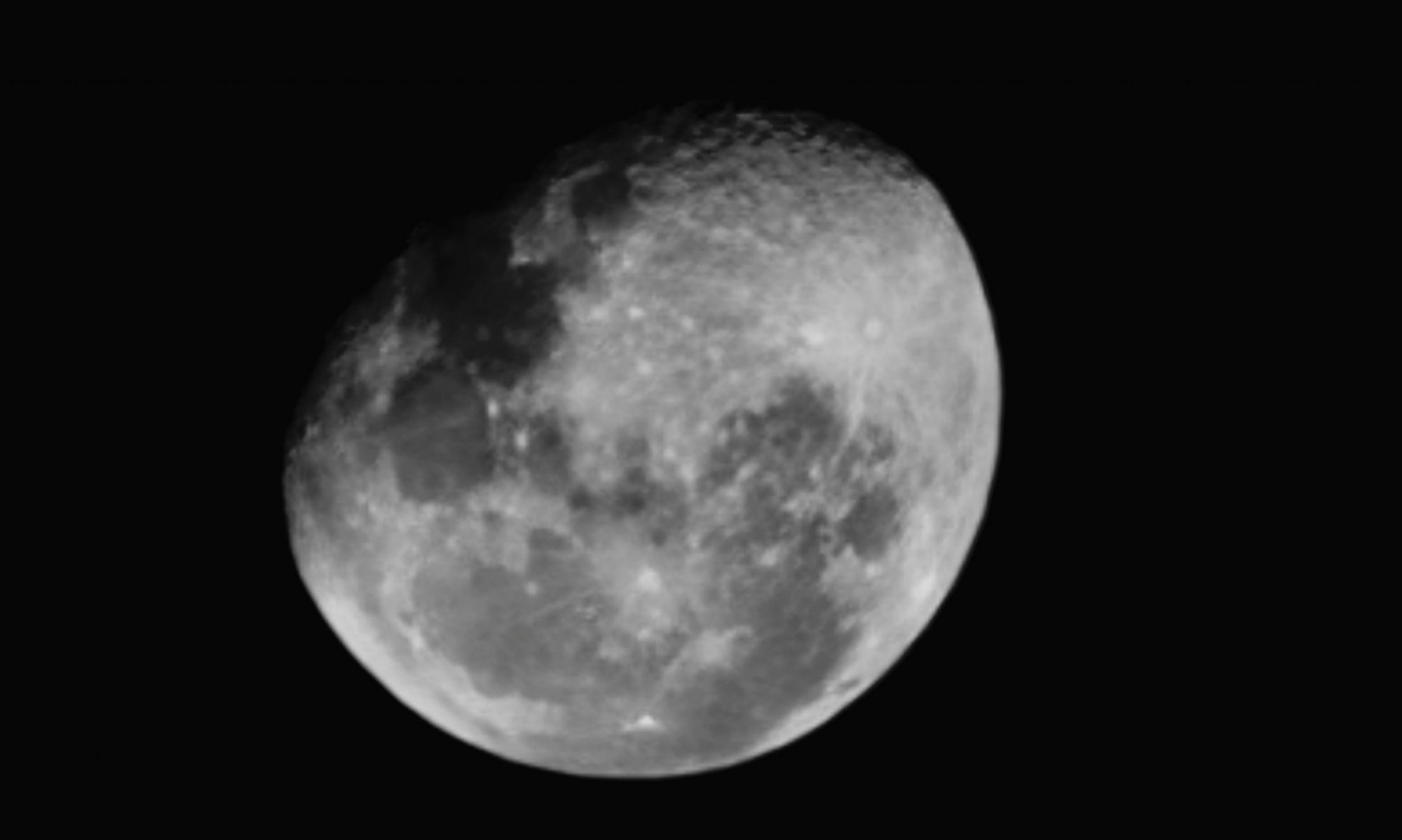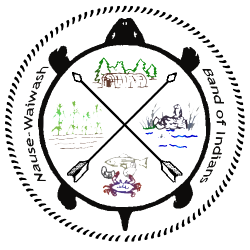Nause Waiwash Band of Indians tribal member and Professor, Matt Kirwan of the Virginia Institute of Marine Sciences; the College of William and Mary collaborated with the Nause Waiwash tribe, Blackwater Refuge, and the U.S. Geological Survey to travel the marshes of Dorchester County on November 3 & 4, 2018 to do research for Matt’s project. Matt is studying the salt marshes of Maryland and Virginia. Why did Matt pick the marshes of Dorchester County? The Kirwan family has ancestral ties to Dorchester County and the Nause Waiwash. The Kirwans follow the Robbins ancestral bloodline. So, Matt decided to incorporate his research with a history lesson of the ancestral land of his ancestors in our great and beautiful county.
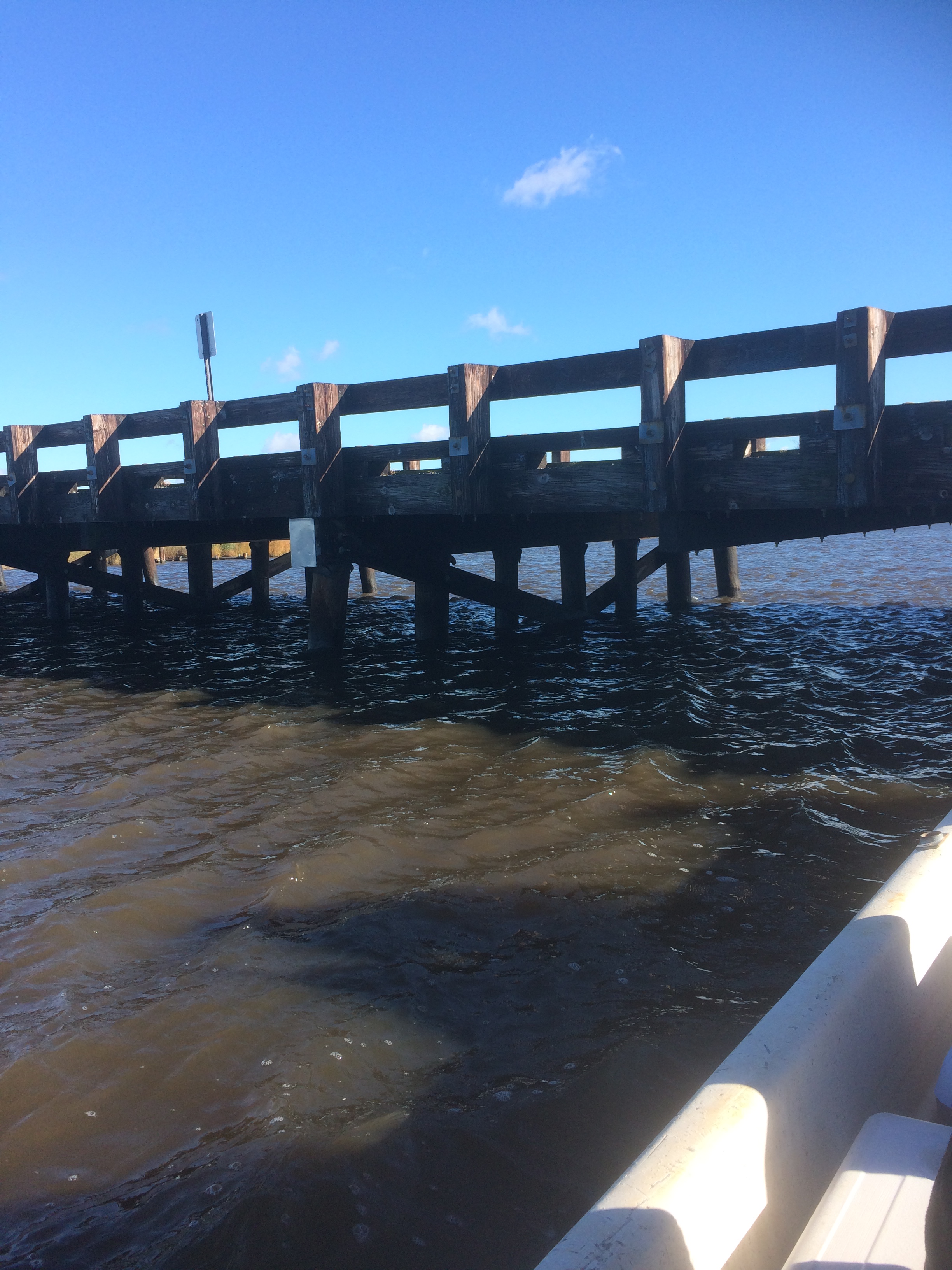
On Saturday morning, Jerry “Gentle Bear” Hughes, Brenda “Morning Marsh Woman” Abbott, Maddie Foxwell, Matt Kirwan, Ben Kirwan, Dr. Jeff Kirwan, Tyler Messerschmidt, David Walter of the U.S. Geological Survey and Erin Kennedy were greeted at Blackwater Refuge by Matt Whitbeck and other Blackwater staff. Everyone was showed a demonstration of sein fishing. From there, everyone traveled to Shorter’s Wharf. Upon arriving at Shorter’s Wharf, boats were launched into the Blackwater River and boarded by all. The boats were captained by Blackwater Refuge’s Matt Whitbeck and the Virginia Institute of Marine Sciences’ Tyler Messerschmidt. Attendees sailed up the Blackwater to a location near Barbados Point. At this location, measurements were taken, mud, roots and grasses were investigated and discussed. There was some discussion of how Barbados Point got its name. After leaving the location near Barbados, it was back to Shorter’s Wharf.
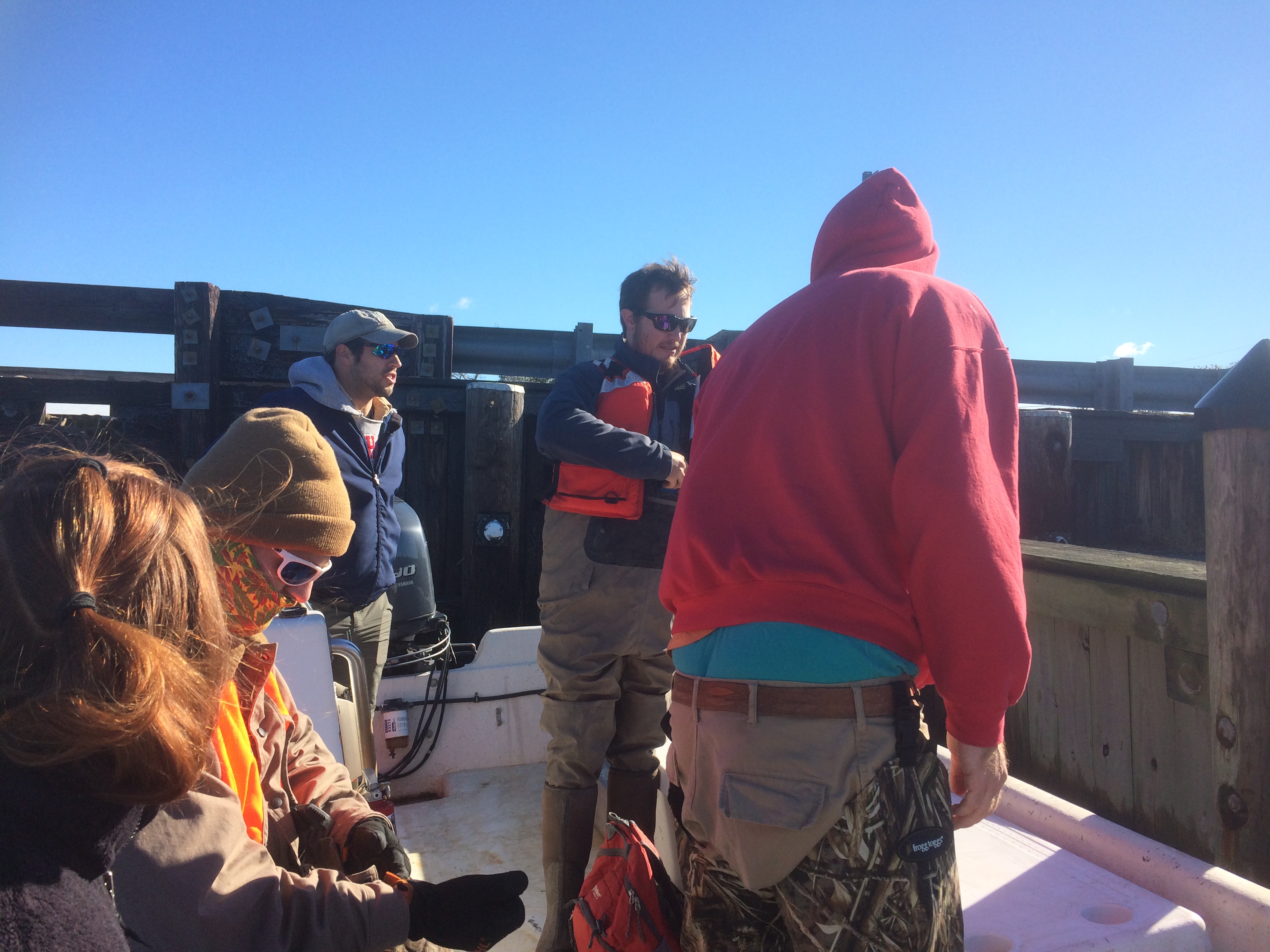
A traditional, all-American lunch of PB&J with chips and cookies was served at the boat ramp. The group then met up with tribe member and historian Gary Marshall. It was back on the Blackwater to go down river. The group stopped at a location in the marsh that the government has been working on restoring. Mud has been pumped back in to help restore the marsh that erosion and tides have destroyed. On to Back Garden Creek to an old hunting/trapping shanty. Gary shared a few stories and memories.
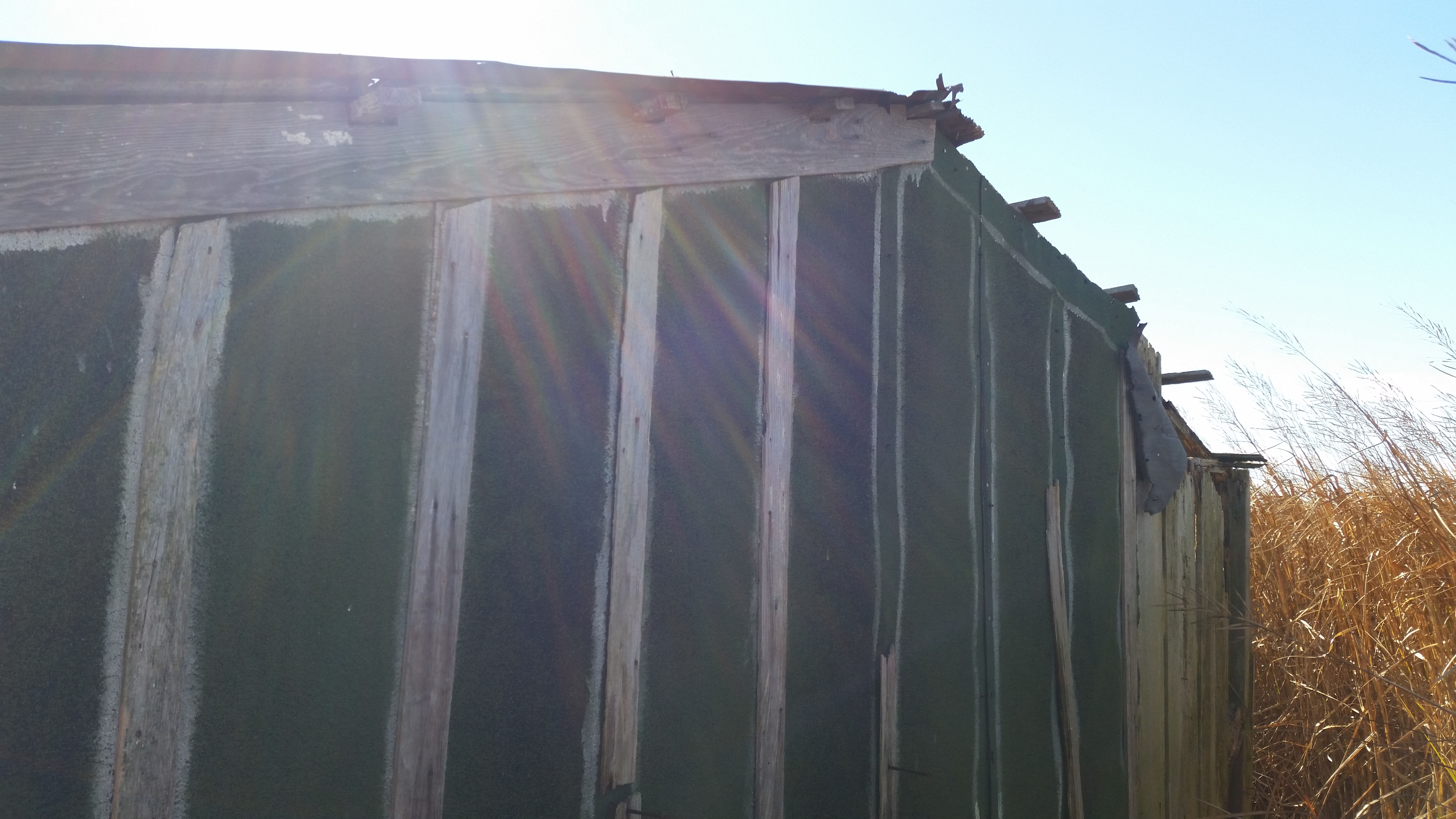
Camp was set up at Robbins Landing near Abbott Town. Dinner of soup, oysters, burgers, dogs and all the sides was delicious. Gentle Bear started a campfire and everyone sat around the fire under a star-studded sky and shared stories. A few of the constellations were picked out in the sky and there was talk about some traditions and history.
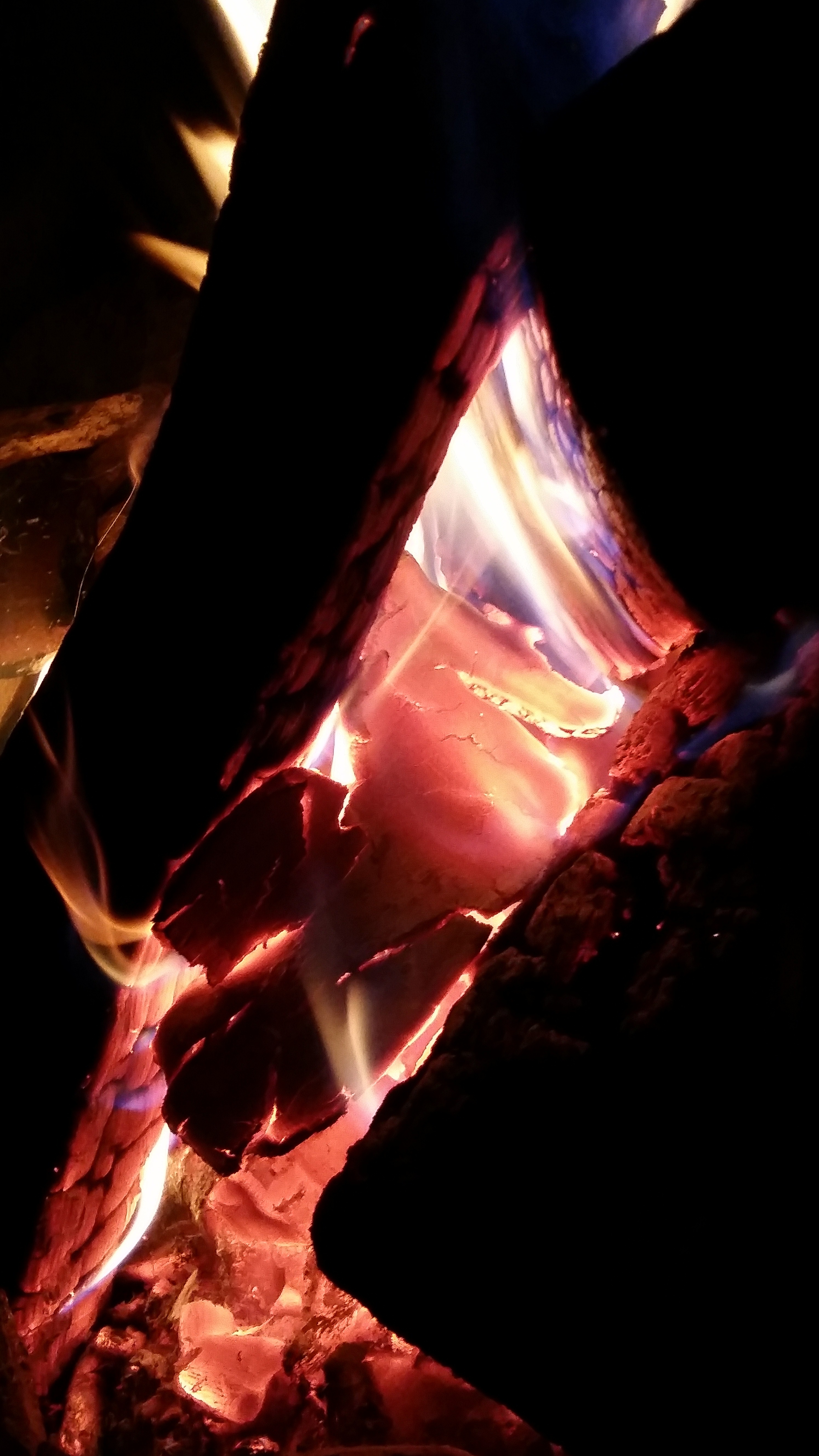
The Creator blessed everyone on Sunday morning with a breath-taking sunrise. It was back in the boats and back on the water. On Sunday, Miles Simmons, from Blackwater Refuge shared the day with the group and captained one of the boats.
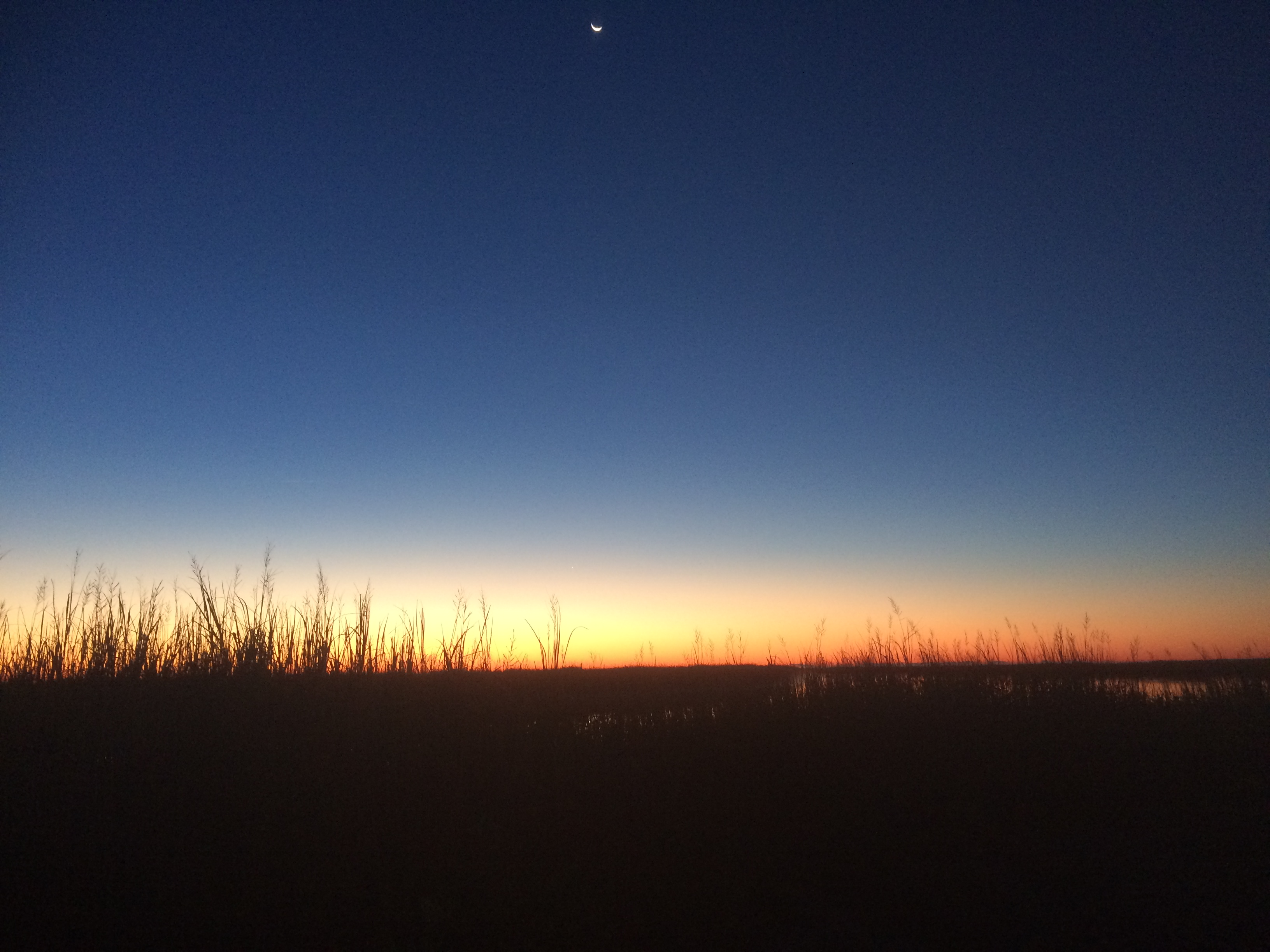
First stop: Snake Island. For those who are not aware, you have to go through a part of Fishing Bay to get to the Snake. The Snake is always exciting. To be November, there was still a lot going on there. Butterflies, green vegetation and an active bee hive were among the discoveries. Morning Marsh Woman shared stories of the Snake that her father and grandfather had shared with her. On to the Transquaking River. Next stop: Guinea Island. Guinea is ancestral grounds. There is a lot of history there. People lived there many years ago. The land was farmed and there is still evidence of the old cart path. While there, the group discovered the fresh water spring, Gentle Bear found a prime piece of red cedar to be used as a walking stick/staff and a small woodpecker took time to speak to the group. There was discussions on the type of trees and plants found on this majestic island that sits 14 feet above sea level located in the middle of the marsh. Next: Chance’s Island. Chance’s Island sit next to Guinea and is connected by a small piece of marsh. Chance’s has a completely different atmosphere. Some have described it as being “Heavy.” People in the group explored the island and found evidence of a community that once lived there. The ground there is very sandy versus the rich soil found on the neighboring island of Guinea. Others were uncomfortable exploring the island and chose to explore the Transquaking by boat. Next stop: Grogg Point. There was evidence found at Grogg point of a community from long ago. Morning Marsh Woman shared more of her stories on the history of the area. Last stop: Robbins landing and Abbott Town. Sadly, camp was broke down, trucks were loaded up and everyone departed taking with them many happy memories, history lessons stored away to share with future generations and hope of another wonderful experience in the future.
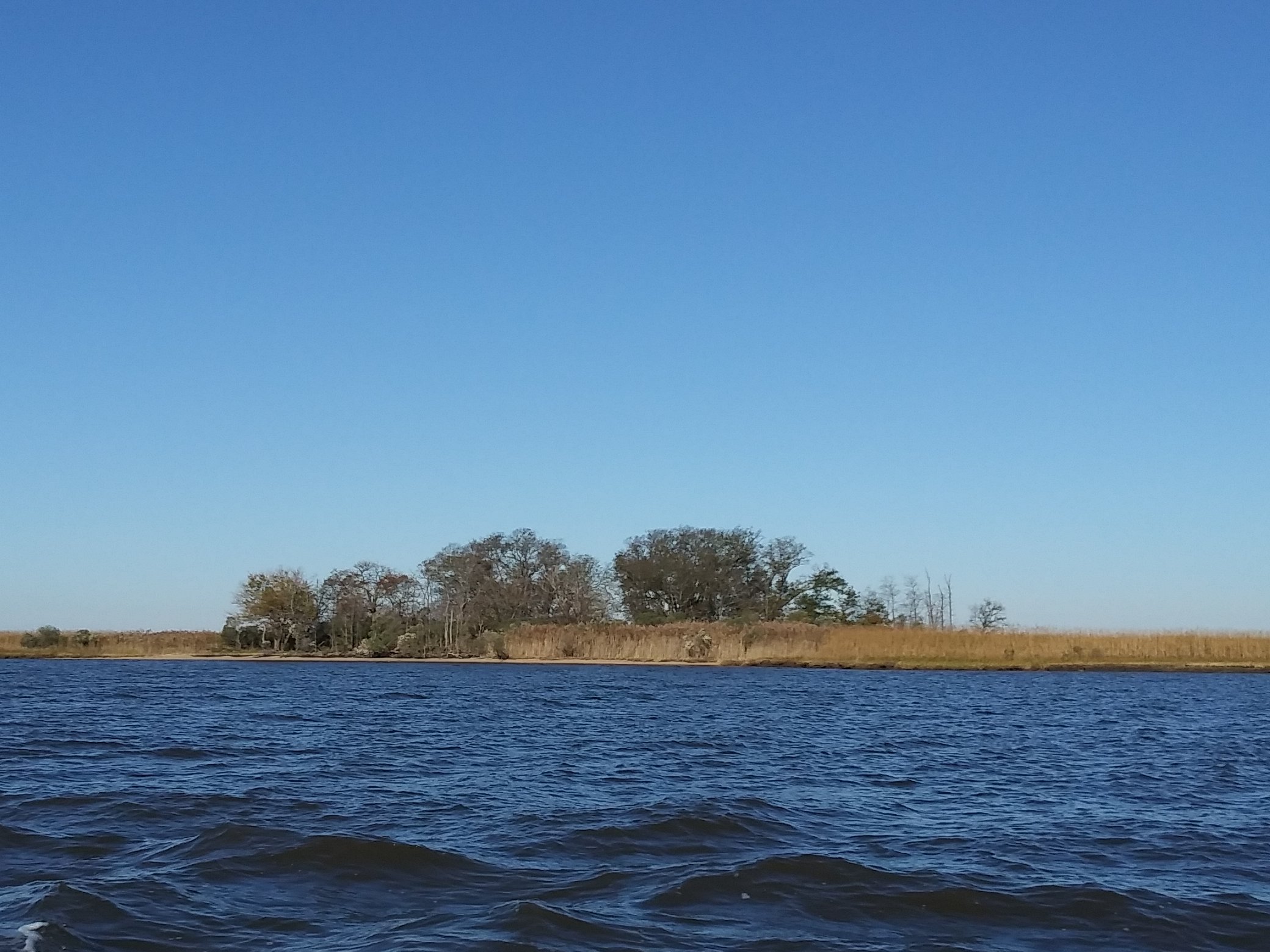
The Nause Waiwash Band of Indians, Inc. would like to thank Matt Kirwan for organizing this weekend camping trip and including the tribe in this adventure. This gave several of our people the opportunity to visit ancestral grounds that may not otherwise have the means or opportunity to visit these remarkable and precious places. It was a pleasure to have made new friends and hope to continue to develop these new relationships. Thank you; The Virginia Institute of Marine Sciences; the College of William and Mary. Matt Kirwan and Tyler Messerschmidt of VIMS. David Walter of the U.S. Geological Survey, Matt Whitbeck and Miles Simmons of Blackwater National Wildlife Refuge, Dr. Jeff Kirwan, Ben Kirwan, Gary Marshall, Erin Kennedy, Morning Marsh Woman, Maddie Foxwell and Gentle Bear. Thank you to anyone who was unintentionally omitted from this publication and to everyone for a fascinating and exciting weekend.
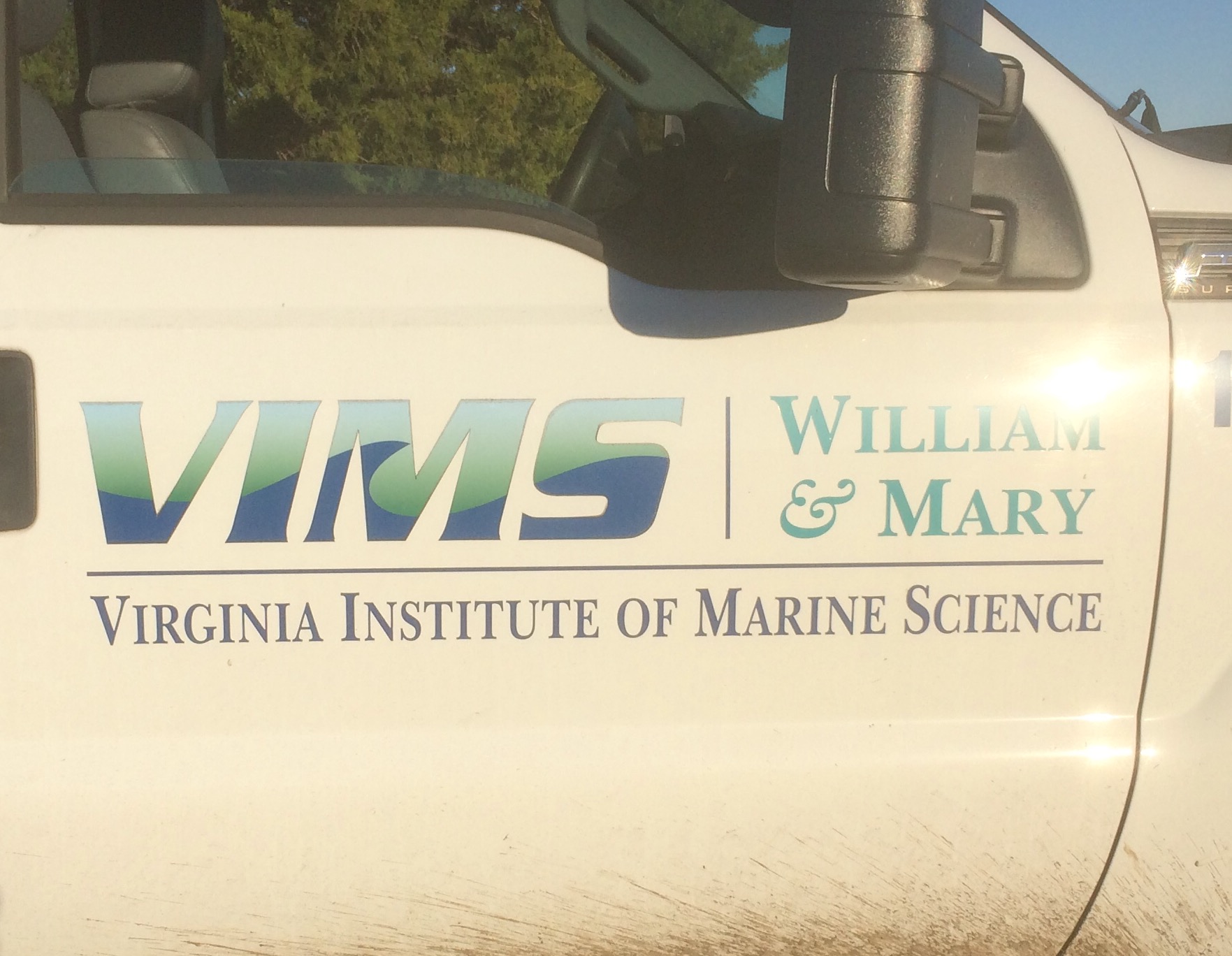
See all 209 photographs from the camping trip here…
